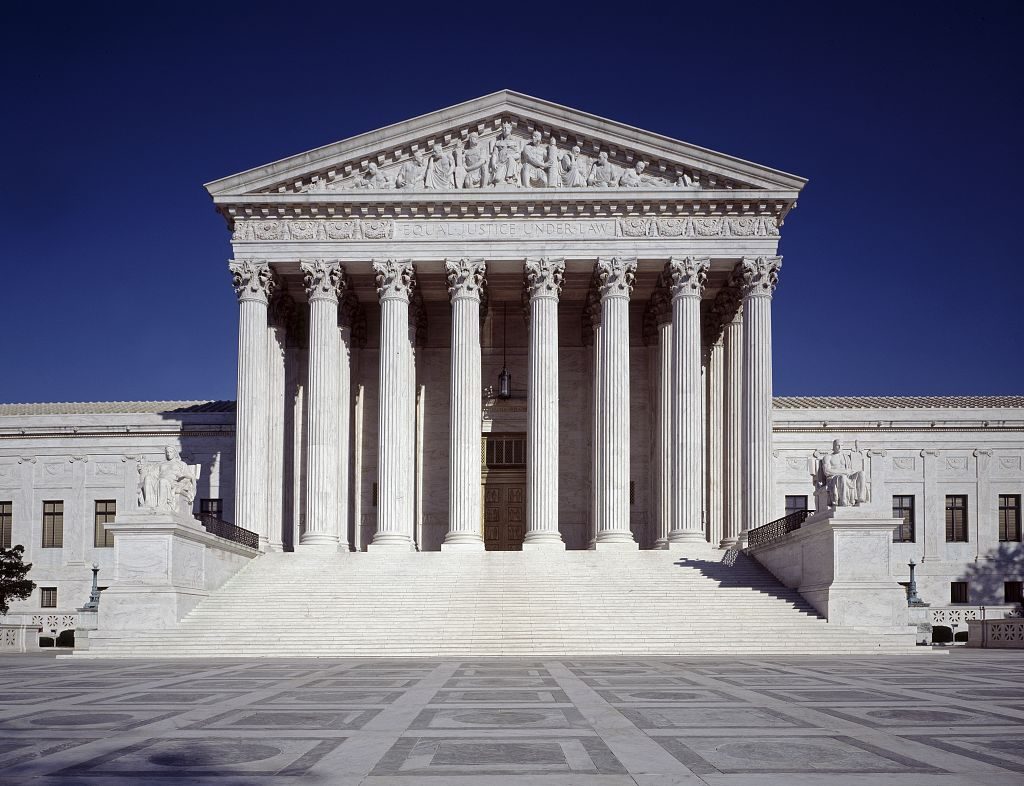Prior restraints go at least as far back as 16th century England, when invention of the printing press made it possible to spread dissent and new ideas widely. Such publications could pose a threat to the Crown or accepted religious doctrine, so Henry VIII instituted a system of licensing and censorship to control the spread of ideas. The licensing and censorship system expired in 1694 and in the colonies a few decades later, leaving post-publication punishment through seditious libel laws the most effective way to punish dissent.
In his Commentaries on the Laws of England, 1765-1769, William Blackstone defined freedom of the press as the absence of prior restraints. “The liberty of the press is indeed essential to the nature of a free state: but this consists in laying no previous restraints upon publications, and not in freedom from censure for criminal matter when published. Every freeman has an undoubted right to lay what sentiments he pleases before the public: to forbid this, is to destroy the freedom of the press: but if he publishes what is improper, mischievous, or illegal, he must take the consequence of his own temerity. To subject the press to the restrictive power of a licenser, as was formerly done, both before and since the revolution, is to subject all freedom of sentiment to the prejudices of one man, and make him the arbitrary and infallible judge of all controverted points in learning, religion, and government.”
Given this history, the First Amendment has always been seen as providing, at a very minimum, freedom from censorship by the government or by a private party acting through an injunction issued by a judge.
But even the doctrine of prior restraints has some exceptions. Two key Supreme Court decisions lay out the parameters of the law. In Near v. Minnesota, 283 U.S. 697 (1931), the Court said that the government might be able to procure a prior restraint in cases involving “actual obstruction to its recruiting service or the publication of the sailing dates of transports or the number and location of troops,” a kind of national security exception. It also listed obscene publications, incitements to acts of violence, and speech directed to the overthrow of the government.
The most famous prior restraint case is New York Times v. United States, 403 U.S. 713 (1971). The Nixon Administration sought to stop the Times and The Washington Post from publishing stories from leaked classified documents called the Pentagon Papers, a Department of Defense study of U.S. decision-making before and during the conflict in Vietnam. Daniel Ellsberg, a consultant who had worked on the 7,000-page study, leaked it to the newspapers.
The Supreme Court ruled 6 to 3 to lift an injunction against the Times. In a three-paragraph per curiam opinion, it said that any request for a prior restraint “comes to this Court bearing a heavy presumption against its constitutional validity.” The government, the Court said, had not met its burden of showing justification for a restraint on publication. The Court did not articulate a test that the government would have to satisfy in order to stop publication, but Justice Potter Stewart in a concurring opinion stated that publication of information would have to “surely result in direct, immediate, and irreparable damage to our Nation and its people.” Federal courts have utilized Stewart’s test—an exceptionally difficult standard to meet—in later cases. Whether it is the government or a private party asking for a prior restraint, the focus is on the likelihood that publication would cause serious and imminent harm.
Near v. Minnesota NYT Co. v. U.S.
Tags

